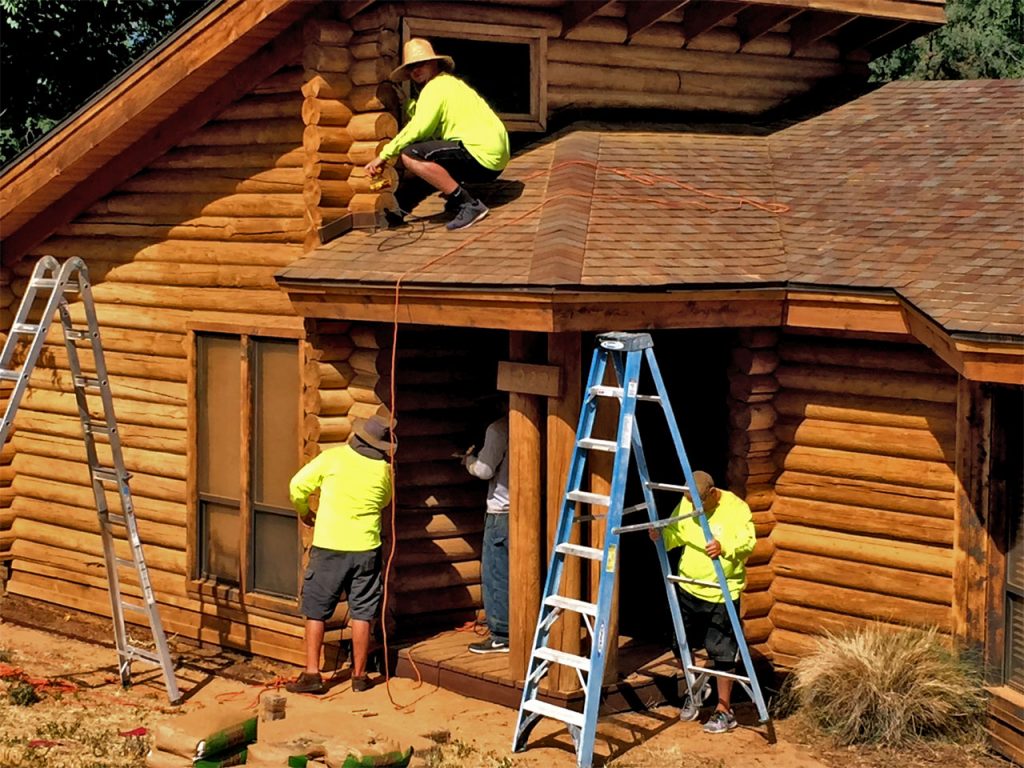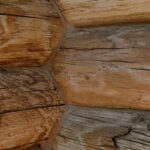Frequently Asked Questions
How can I fix cracks in my log house walls?
Fixing cracks in your log house walls involves cleaning the area, applying a suitable wood filler, and sealing the cracks to prevent moisture intrusion. Regular maintenance and inspections can help identify and address these issues early.
How do I protect my log house from insect damage?
Protecting your log house from insect damage involves regular inspections, applying protective sealants, and ensuring proper ventilation. Additionally, keeping wood surfaces clean and addressing moisture issues can significantly reduce the risk of infestations.
How do I prevent insect infestation in my log cabin?
Preventing insect infestation in your log cabin involves regular inspections, sealing cracks, and ensuring proper ventilation. Additionally, maintaining a clean environment and treating wood with protective solutions can effectively deter pests.
How often should I inspect my log home for damage?
Regular inspections of your log home for damage are essential. It is recommended to inspect your log cabin at least twice a year, ideally in spring and fall, to catch any issues early and maintain its integrity.
How often should I reapply log home stain or sealant?
The frequency of reapplying log home stain or sealant depends on various factors, including weather exposure and the quality of the product used, but generally, it is recommended every 3 to 5 years for optimal protection.
What is the recommended frequency for log home staining?
The recommended frequency for log home staining is typically every 3 to 5 years, depending on factors such as climate, exposure to sunlight, and the type of stain used. Regular maintenance helps protect your log cabin from damage and prolongs its lifespan.
How do I repair cracks in my log cabins walls?
Repairing cracks in your log cabin's walls involves cleaning the area, applying a suitable wood filler or epoxy, and then sanding the surface smooth. Ensure proper sealing to prevent future damage from moisture or pests.
How do I prevent pest infestation in my log home?
Preventing pest infestation in your log home involves regular inspections, sealing any cracks or openings, maintaining proper drainage, and ensuring wood is treated and protected. Additionally, keep the area around your home clean and free of debris.
What are the signs of dry rot in log homes?
The signs of dry rot in log homes include a musty odor, wood that appears discolored or darker, and a crumbly texture. Additionally, you may notice fungal growth or soft, spongy areas in the wood, indicating moisture damage.
What are common log cabin maintenance tasks to perform annually?
Common log cabin maintenance tasks to perform annually include inspecting for UV damage, checking for water intrusion, treating for insect infestations, and applying protective stains. Regular upkeep prevents extensive damage and preserves the cabin's integrity.
What are the best practices for log home exterior maintenance?
The best practices for log home exterior maintenance include regular inspections for UV damage, water intrusion, and insect infestations, along with timely cleaning, sealing, and staining to protect the wood and ensure longevity.
What tools are needed for log home repairs?
The tools needed for log home repairs include a chainsaw, chisel, hammer, pry bar, drill, and various sanding tools. Additionally, safety gear such as gloves and goggles is essential to ensure a safe working environment.
How can I identify log cabin damage early?
Identifying log cabin damage early is crucial for maintaining its integrity. Look for signs such as discoloration, soft or spongy wood, cracks, and insect activity. Regular inspections can help catch these issues before they escalate.
What are effective treatments for log insect infestations?
Effective treatments for log insect infestations include using insecticidal sprays, borate treatments, and heat treatments to eliminate pests. Regular inspections and preventative measures are essential to protect your log cabin from future infestations.
How do I maintain log cabin insulation?
Maintaining log cabin insulation involves regularly inspecting for moisture, air leaks, and pest damage. Ensure proper ventilation, replace damaged insulation materials, and consider adding weatherproof barriers to enhance energy efficiency and protect against the elements.
What is the best way to clean log surfaces?
The best way to clean log surfaces is by using a mixture of mild soap and water, applied with a soft brush. This method effectively removes dirt and grime without damaging the wood's finish.
How can I enhance my log homes durability?
Enhancing your log home's durability involves regular maintenance, such as sealing against water intrusion, applying UV protective finishes, and conducting inspections for insect infestations. These practices help preserve the integrity of your log cabin over time.
What are the signs of water damage in logs?
The signs of water damage in logs include discoloration, warping, and the presence of mold or mildew. Additionally, soft or spongy wood texture and visible cracks may indicate ongoing moisture issues that require immediate attention.
How do I choose the right log sealant?
Choosing the right log sealant involves considering factors like the climate, the type of wood, and the sealant's durability. Look for products specifically designed for log cabins to ensure optimal protection against moisture and UV damage.
What maintenance tasks should I perform seasonally?
Seasonal maintenance tasks for log cabins include inspecting the roof for damage, checking for signs of UV wear and water intrusion, cleaning gutters, and treating wood for insect infestations. Regular upkeep helps prevent costly repairs.
How can I prevent mold in log cabins?
Preventing mold in log cabins involves maintaining proper ventilation, controlling humidity levels, and ensuring regular inspections. Additionally, applying protective sealants and promptly addressing any water leaks can significantly reduce the risk of mold growth.
What is the best way to treat log rot?
The best way to treat log rot is to remove the affected wood, clean the area thoroughly, and apply a wood preservative to prevent further decay. Regular maintenance and inspections can help catch issues early, preserving your log cabin's integrity.
How often should I check for pest damage?
Regular checks for pest damage are essential, ideally every season. This ensures early detection and prevents extensive damage to your log cabin, maintaining its integrity and longevity.
What are the benefits of regular log maintenance?
The benefits of regular log maintenance include preventing extensive damage from UV exposure, water intrusion, and insect infestations, ultimately preserving the structural integrity and aesthetic appeal of your log cabin while reducing costly repairs.
How do I prepare logs for staining?
Preparing logs for staining involves cleaning the surface to remove dirt and old finishes, sanding to create a smooth texture, and ensuring the logs are completely dry. This process helps the stain adhere properly and enhances the cabin's appearance.
What is the ideal temperature for log staining?
The ideal temperature for log staining is between 50°F and 90°F (10°C to 32°C). Staining within this range ensures proper adhesion and drying, helping to protect your log cabin effectively.
How can I protect logs from UV damage?
Protecting logs from UV damage involves applying a high-quality, UV-resistant sealant or stain. Regular maintenance and reapplication every few years will help preserve the wood's integrity and prevent fading or deterioration caused by sun exposure.
What are common mistakes in log cabin maintenance?
Common mistakes in log cabin maintenance include neglecting regular inspections, failing to address UV damage and water intrusion promptly, and overlooking insect infestations, which can lead to significant structural issues over time.
How do I ensure proper drainage around my log home?
Ensuring proper drainage around your log home involves grading the landscape away from the foundation, installing gutters and downspouts, and maintaining drainage ditches or swales to direct water flow. Regularly check for blockages to prevent water accumulation.
What is the lifespan of log cabin sealants?
The lifespan of log cabin sealants typically ranges from 3 to 7 years, depending on factors such as exposure to UV rays, weather conditions, and the quality of the sealant used. Regular maintenance can help extend this lifespan.

 Look for insects
Look for insects








No Comments
Sorry, the comment form is closed at this time.